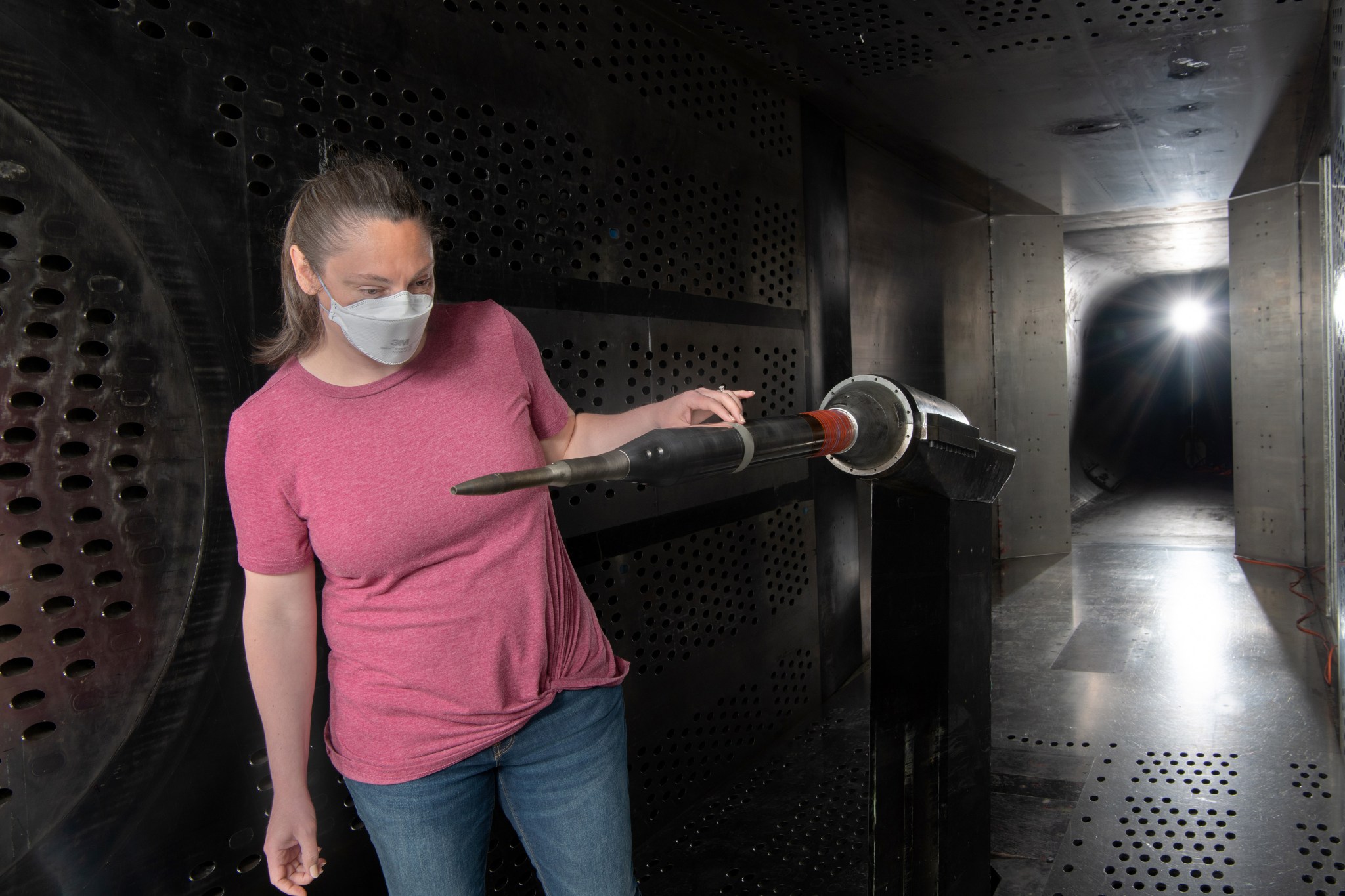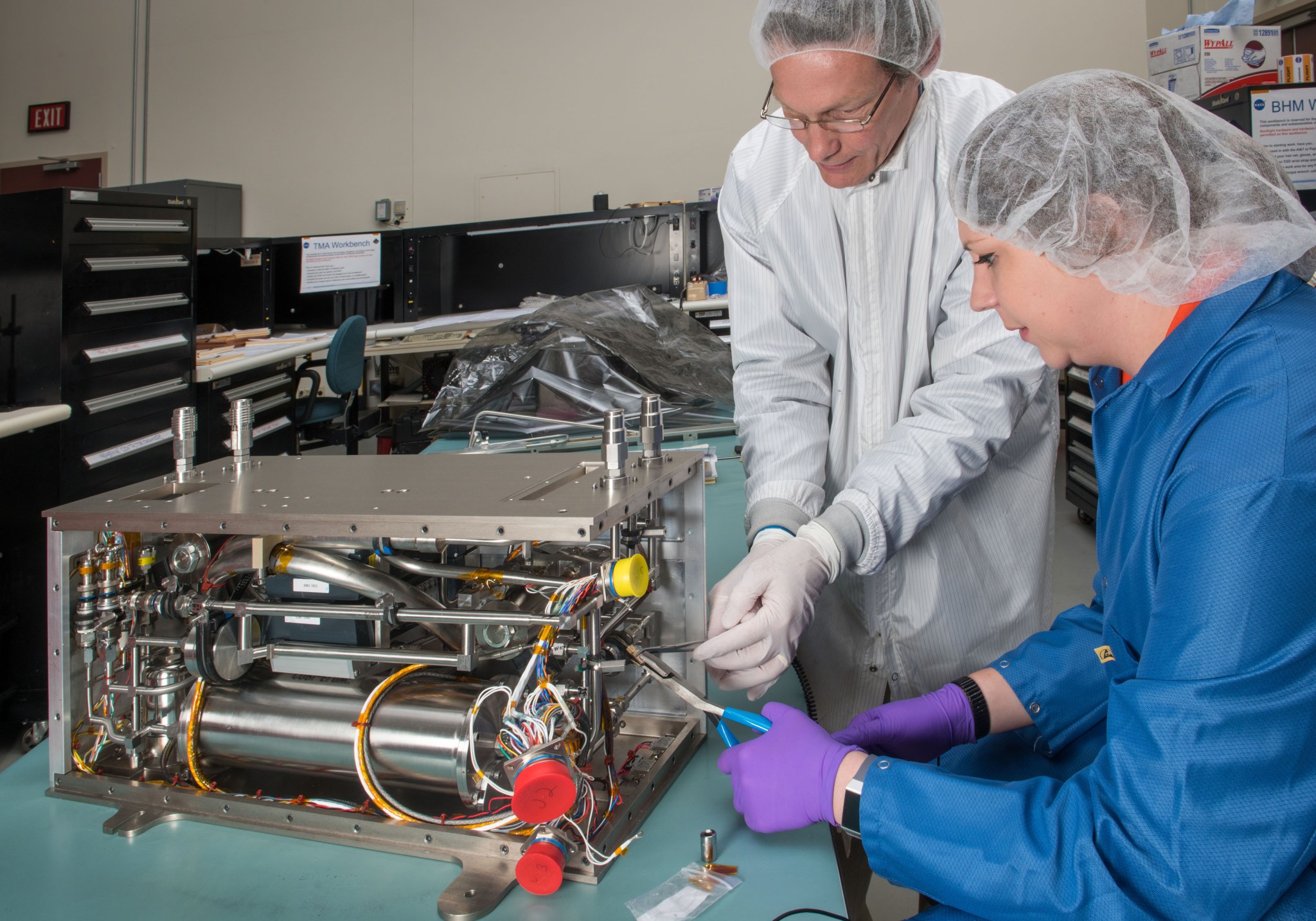As NASA Glenn continued to manage the difficulties of the pandemic, scientific and technology research continued at a rapid clip this year with an eye toward the future.
Looking deeper at the way fire behaves in space, Glenn researchers delivered the fifth in a series of NASA investigations in January. The Spacecraft Fire Safety Experiment-V (Saffire-V) successfully tested larger, more dynamic fires for over 26 hours inside Northrop Grumman’s Cygnus spacecraft.
The thruster system that will propel NASA’s Gateway around the Moon was fired up in March for the first of many ground tests to ensure the Power and Propulsion Element (PPE) is ready for flight. Managed at Glenn, it was an exciting first step toward proving that the propulsion system will be able to deliver the first elements of Gateway to lunar orbit.
Our Simulated Lunar Operations Laboratory, or SLOPE Lab was the scene of several groundbreaking tests this year.
In April and May, a team of engineers used a test version of NASA’s Volatiles Investigating Polar Exploration Rover, or VIPER, to evaluate and fine-tune a newly installed OptiTrack motion tracking camera system. This allows engineers to precisely measure real-time movement and compare it to existing computer models to determine if a vehicle is performing as expected.
Then in November, a CADRE of shoebox-sized rover scouts arrived at SLOPE to navigate the hills and valleys of a simulated lunar surface. The mini rovers’ developers wanted to better understand the types of challenges that lunar rovers of this size will face on the Moon’s surface.
The air data system for NASA’s X-59 Quiet SuperSonic Technology airplane was evaluated in June during tests in our 8- by 6-foot Supersonic Wind Tunnel. To perfect the system, engineers from across the agency evaluated the air data probe, installed at the tip of the aircraft’s nose, to see if it was properly measuring key flight parameters, as well as the aircraft’s attitude while flying.
In August, NASA launched the Flow Boiling and Condensation Experiment, or FBCE, to the International Space Station. Built and tested at NASA Glenn in Cleveland, FBCE will investigate a two-phase process that removes heat buildup so spacecraft systems can operate properly on long-duration missions to the Moon and Mars.
NASA Glenn was involved in an effort in October that could bring space technology to underserved neighborhoods in our hometown of Cleveland. Working with the Greater Cleveland Partnership, NASA researchers examined the technical barriers of digital inequality by looking at lunar network approaches to Wi-Fi connectivity in the local community.
As we approach 2022, our focus continues to develop space technologies for Artemis that will put us closer to exploring the Moon and Mars.






























